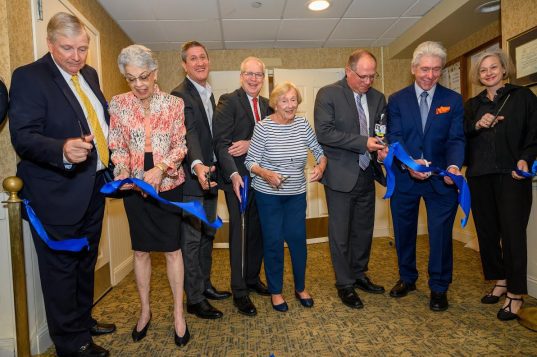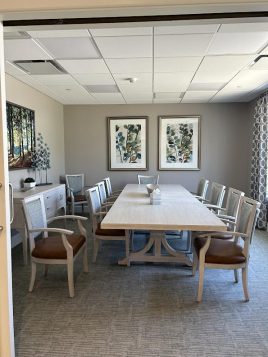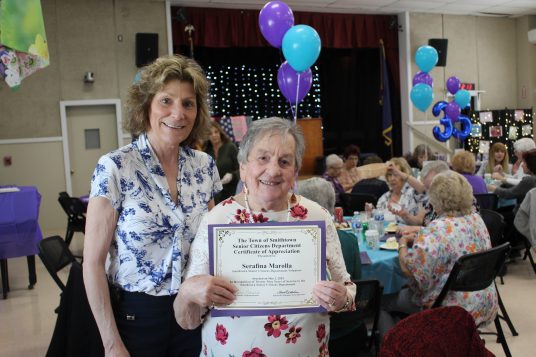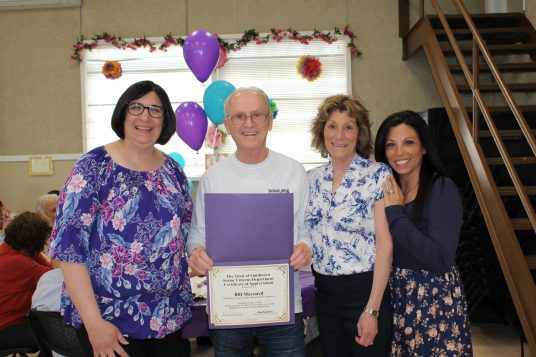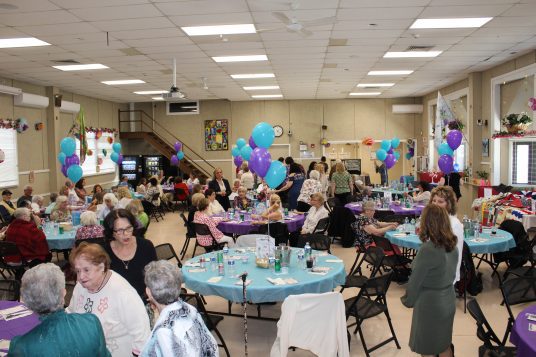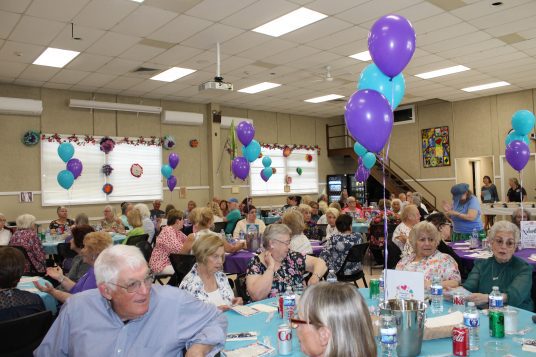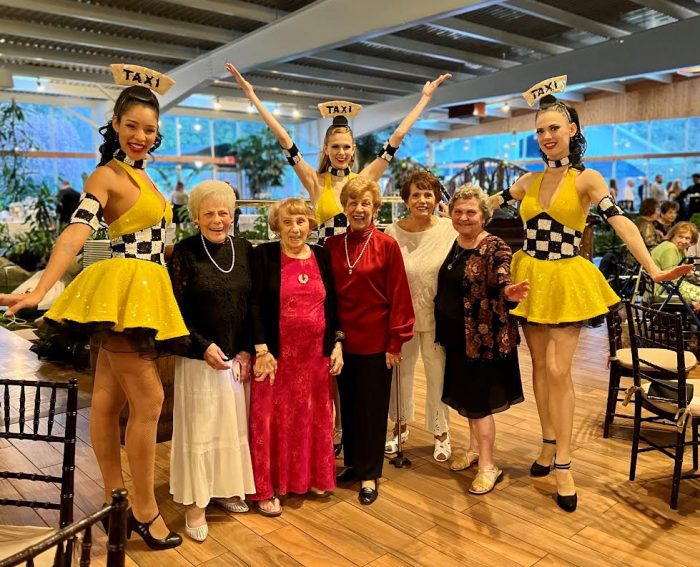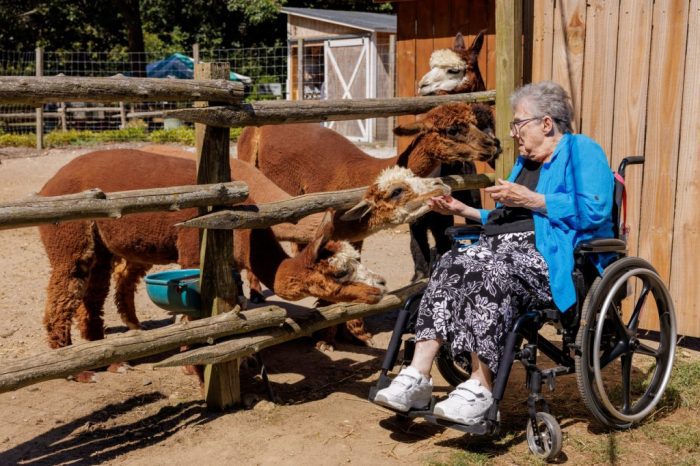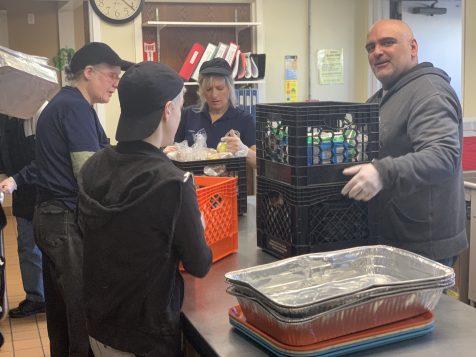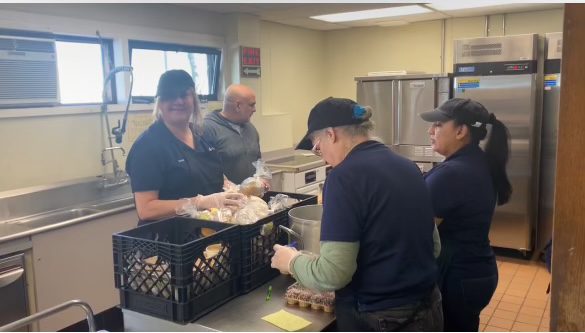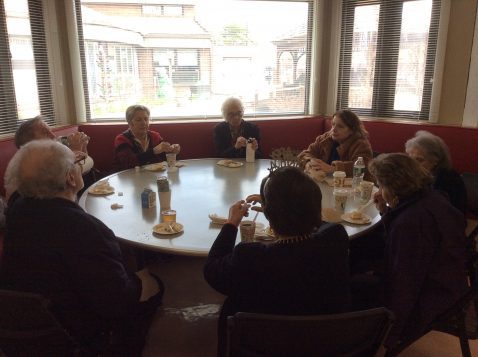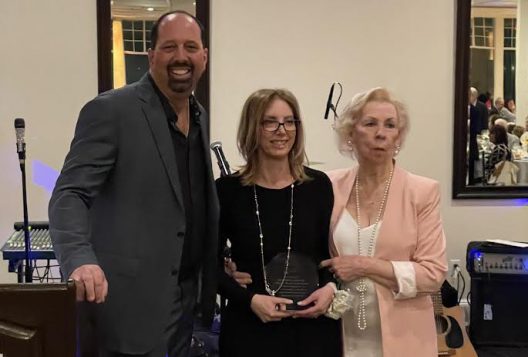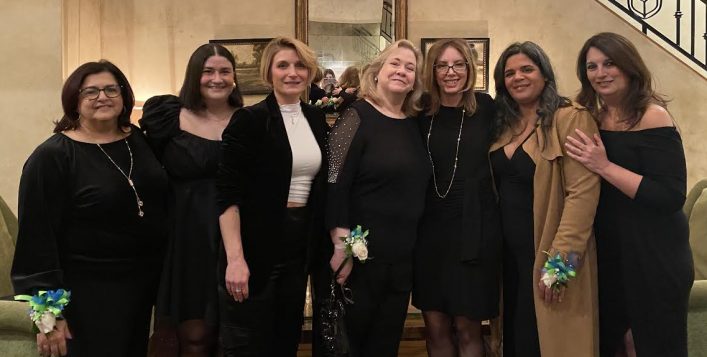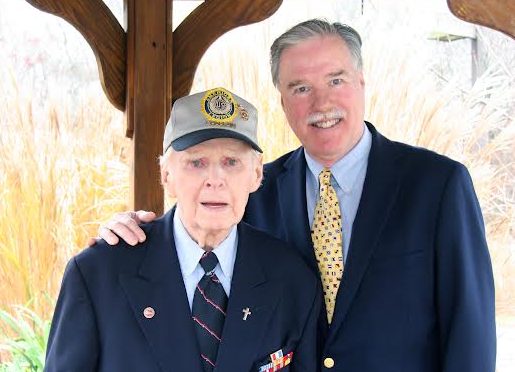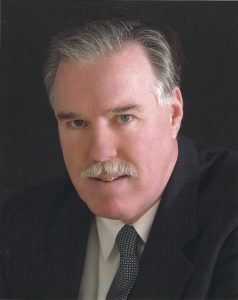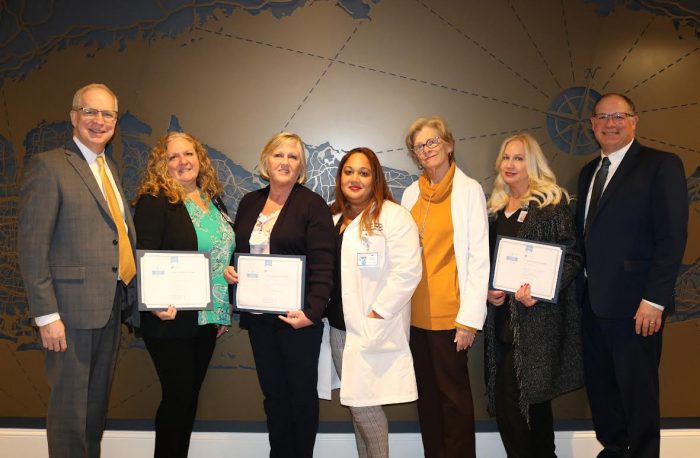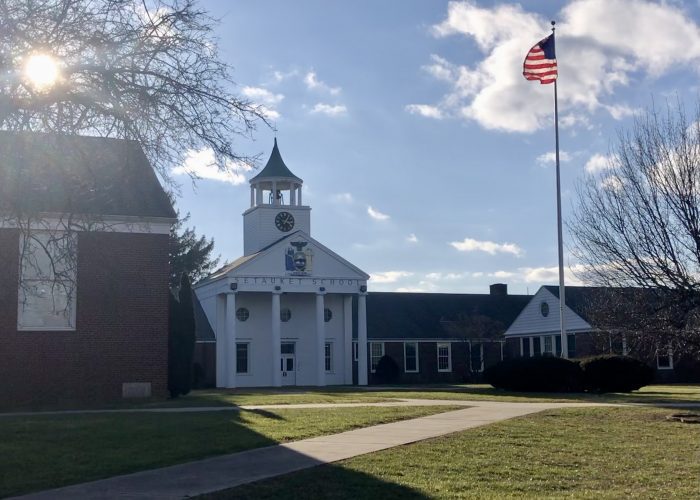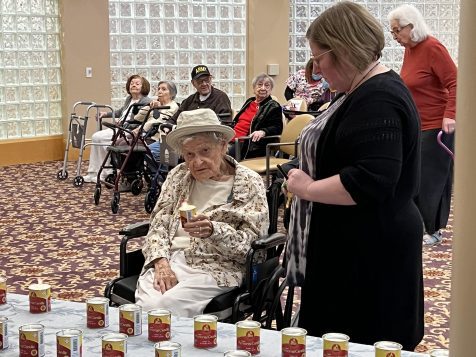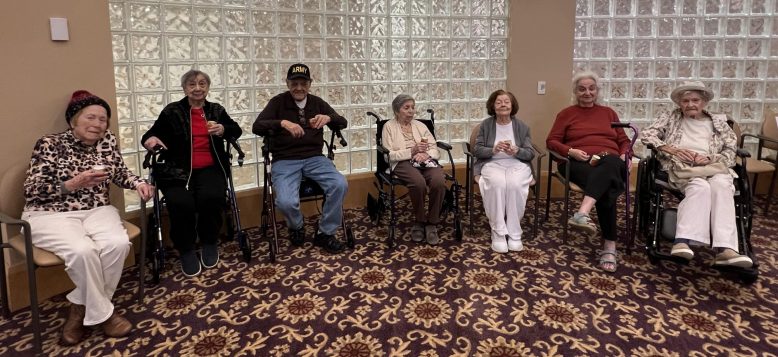As the ribbon was cut on the “soft opening” of the new Memory Support Neighborhood and Assisted Living upgrades at Jefferson’s Ferry Life Plan Community in South Setauket on May 29, the packed house of spectators burst into spontaneous applause. Representative of the latest innovations in memory support living, “The Grove,” was welcomed by community residents, family members, supporters, and Jefferson’s Ferry board trustees.
“This is a very special day for us as we open the doors to this beautiful, welcoming, and secure space,” said Jefferson’s Ferry President and CEO Bob Caulfield. “The Grove will help us accommodate the increased demand for memory support services within Jefferson’s Ferry and in the larger Long Island community in a state-of-the-art and homelike environment. The number of people experiencing memory loss has increased and is expected to continue to rise as more people live into their 90s and even 100s. Jefferson’s Ferry strives to provide a community where every resident is able to live their best life, no matter what challenges they may be facing.”
The Grove will be home to 20 residents inhabiting private studio apartments. A variety of community spaces include an activities room, den, dining room and outdoor porch and garden, creating an inviting living space where residents, family members, and friends can spend time together socializing and pursuing meaningful and purposeful activities. Its circular layout is specially designed to allow for residents to wander within the safety of their environment with more choice and control of their daily activities.
“There are abundant opportunities for socializing and activities for every resident to enjoy, ranging from soothing aromatherapy treatments to awe-inspiring virtual reality programming,” explained Dawn Flowers-Leib, director of admissions for The Grove. “Through virtual reality tools, our residents can travel to any place on Earth, from Paris to their old neighborhoods (using Google Maps and Street View). They can also ‘meet’ with family and friends to look at photos, play games, watch movies or simply enjoy each others’ company.”
Grove activities will be specifically tailored to the interests and abilities of the residents, including smaller, more intimate activities that encourage greater opportunities for meaningful and engaged participation. Pet therapy, music and art therapy and other programs will also be available to residents.
Caulfield thanked the residents and staff for their enthusiasm and support throughout the entire multi-year Journey Toward Renewal initiative that includes the opening of The Grove and renovations to the dining options in Assisted Living. Journey Toward Renewal also added 60 new studio and one- and two-bedroom independent living apartments, some with a den, six distinct dining venues, expanded the Healthy Living Center, the Fitness Center, and its state-of-the-art Rehabilitation Therapy Center.
“Since Jefferson’s Ferry opened in 2001 as the first not for profit Life Plan community on Long Island, we have endeavored to set the standard for continuing care for older adults, providing a vibrant, caring, community and peace of mind to our residents,” concluded Caulfield. “Over our more than 20 years in operation, Jefferson’s Ferry has continued to evolve to meet the changing needs of the people who call Jefferson’s Ferry home. The opening of The Grove and our overall Journey Toward Renewal is evidence of this unswerving and ongoing commitment to excellence.”

